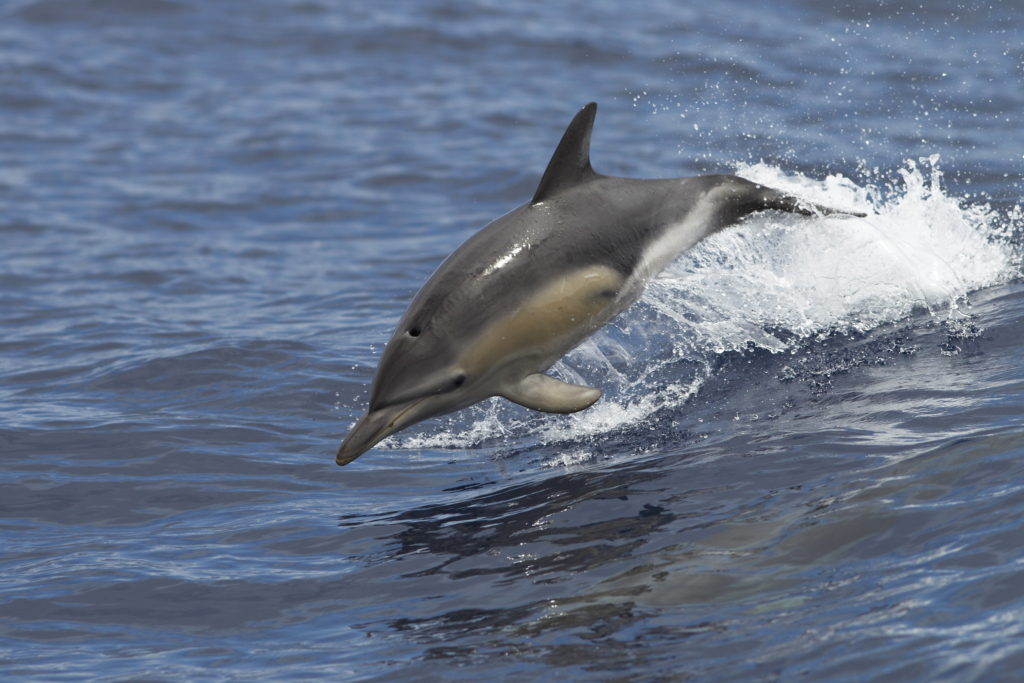
We don’t think of heatwaves as something that affects the ocean, but increasingly, as the planet warms, there have been instances where ocean water temperatures become much higher than normal for extended periods of time. There has been much discussion of this phenomenon with regard to coral reefs where the catastrophic rise in coral bleaching events has been the result.
Recently, a study at the University of Zurich looked at the effects of ocean heatwaves on marine life higher in the food chain. They studied the well-known dolphin population in Shark Bay, Western Australia.
In early 2011, a heatwave caused water temperatures in Shark Bay to rise more than 4 degrees above the annual average for an extended period. This led to a substantial loss of seagrass, which is a driving factor in the Shark Bay ecosystem.
The researchers investigated how this environmental damage affected survival and reproduction of dolphins, using long-term data on hundreds of animals collected over a ten-year period from 2007 to 2017.
Their analysis showed that dolphins’ survival rate dropped by 12% and female dolphins were giving birth to fewer calves. That phenomenon that began in 2011 lasted at least until 2017.
The researchers were surprised by the extent and the duration of the influence of the heatwave, especially the fact that the reproductive rate of dolphins had not returned to normal even after 6 years.
This study shows for the first time that marine heatwaves not only affect organisms at the lower levels of the food chain, but also might have considerable long-term consequences for the animals at the top, such as dolphins.
**********
Web Links
Climate change is a threat to dolphins’ survival
Photo, posted December 14, 2014, courtesy of Ed Dunens via Flickr.
Earth Wise is a production of WAMC Northeast Public Radio.
Leave a Reply